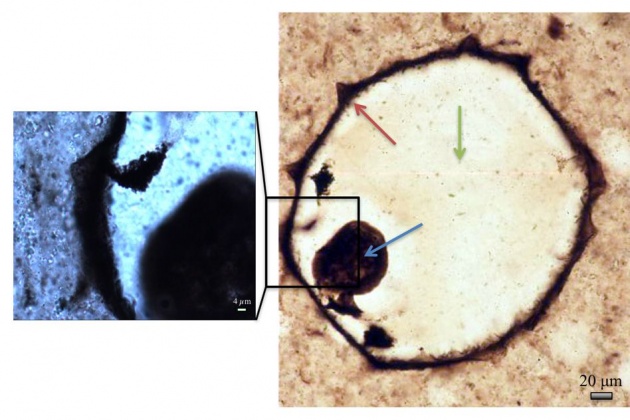The Curiosity rover has been trundling around the surface of Mars for more than four years now. In that time, it has examined Martian rocks, covered more ground than any past rover, and snapped a few neat selfies along the way. NASA is already planning its next rover mission to the Red Planet, which should launch in 2020. Researchers from MIT may have found a way for that rover to use one of its instruments to take more accurate readings on samples that could help us find the remnants of ancient Martian life.
The 2020 rover will include an instrument called SHERLOC (Scanning Habitable Environments with Raman and Luminescence for Organics and Chemicals). We can only hope they are as clever in naming the rover itself—”the 2020 rover” lacks flair. SHERLOC uses Raman spectroscopy to analyse the composition of a sample. This process uses a laser to examine the vibration of atoms and molecules without destroying them like a mass spectrometer would.
The problem with Raman spectroscopy has always been in determining the origin of a molecule. You can scan two organic samples and come away knowing that they contain carbon in one form or another, but how did it get there? A traditional Raman spectrum can’t tell you if a lump of carbon came from a space rock burning up in the atmosphere or from biological origins. However, MIT researcher Nicola Ferralis thinks she’s found a way.
There are two peaks in Raman spec data — one of these peaks known as the D band has variations that correlate with the location of carbon atoms. Ferralis says that examining the pattern of these small peaks can also reveal the ratio of hydrogen to carbon in a sample. Higher levels of hydrogen indicate it has undergone less thermal exposure and is more likely to have biological origins.
Ferralis validated this technique by using samples with known levels of hydrogen, as determined by much more intensive techniques. The Raman method developed at MIT matched the known ratios very well. The team even scanned a microscopic fossil (above) to see if the hypothesis of biological origins held up. There is usually too little carbon left in fossils to be detected by common means, but the Raman spec reported higher levels of hydrogen in the fossil than in the surrounding rock. That strongly suggests that it is biological in origin.
If the 2020 rover is able to use SHERLOC to assess hydrogen/carbon ratios, it could zero in on the most interesting samples for further study. One of the 2020 rover’s missions will be to store samples on the surface of Mars until they can be collected by a future mission and returned to Earth. This technique could help NASA decide which samples deserve a place in the rover’s storage bin.



